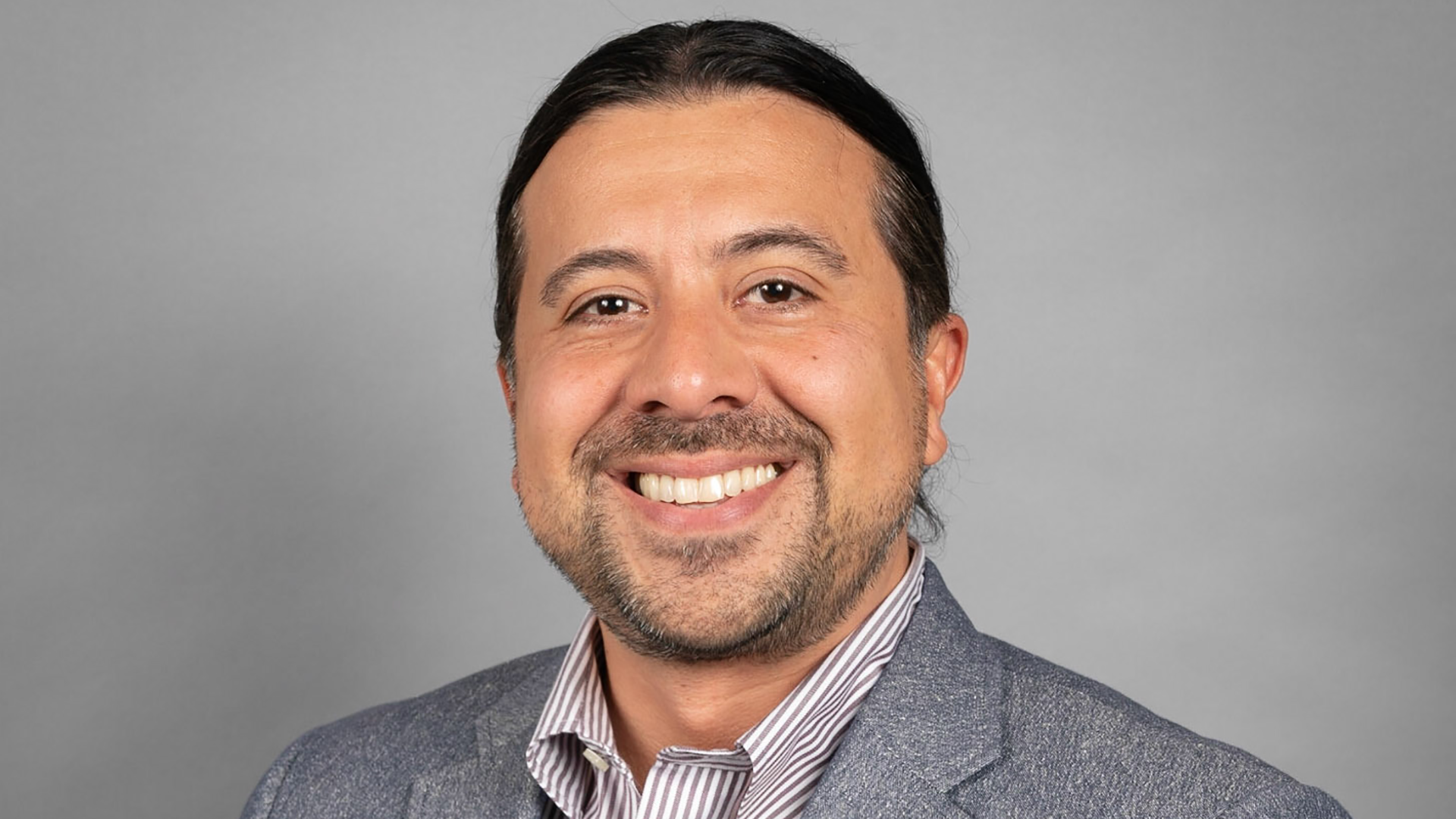
ART VIEWS
by Mark Salinas
It seems that here in Nevada, the vast terrain naturally reflects diversity without effort. From urban cities to rural communities, from lush grass valleys to snow-peaked mountain ranges, and from 4th generation Nevadans to this land's indigenous inhabitants for millennia. Adaptation to our state's topography - both environmental and social - is evident everywhere we look.
Nothern Paiute artist, Melissa Melero-Moose addresses the history of adaptation and transformation not only in her own exquisite paintings, but also in her curatorial and educational work as founder of the Great Basin Native Artists collective.
“Indian people, even though so much of the population was wiped out, we never stopped creating. If you want to look at our history, and specifically our art history, it always continued. So, we made it past our apocalypse. We're always here, we're still here.”
Melissa Melero-Moose, Nevada Independent, 'Indy Q+A', 2021
"It is amazing the things you can get used to. Well, at least try to anyway."
Melissa Melero-Moose, Nevada Humanities ‘Thankfulness, Art, and the View from Above', 2020
Melissa Melero-Moose was born in San Francisco, California in 1974 and spent most of her childhood living near Reno, Nevada. She is a Northern Paiute enrolled with the Fallon Paiute-Shoshone Tribe with family ties to the Fort Bidwell Paiute in California. Melissa holds a Bachelor of Fine Art from the Institute of American Indian Arts, Santa Fe, New Mexico and a Bachelor of Science from Portland State University, Oregon.
She exhibits her art regionally and nationally and has won numerous awards and acknowledgement for her work. She has received artist residencies and fellowships from the Joan Mitchell Foundation, NYC, New York; School for Advanced Research, Santa Fe, New Mexico; the Southwest Association of Indian Arts and the Wheelwright Museum in Santa Fe, New Mexico; the Nevada Museum of Art, Reno, Nevada; and the Institute of American Indian Arts, Santa Fe, New Mexico.
Melissa currently lives in Hungry Valley, Nevada working as a professional artist, founder of the Great Basin Native Artists (GBNA) art collective and gallery curator for the Great Basin Native Artists Gallery at the Stewart Indian School Cultural Center and Museum. Her works are a part of the permanent collections of the Autry Museum, Los Angeles, California; Museum of Contemporary Native Arts, Santa Fe, New Mexico; Nevada State Museum, Carson City, Nevada; School for Advanced Research, Santa Fe, New Mexico; Lilley Museum of Art, University of Nevada, Reno; and the Nevada Museum of Art, Reno, Nevada.
When looking at her portfolio, the layered acrylic constructions of Melissa Melero-Moose's paintings preserve a cultural landscape. Upon plastic drop clothes draped across the floors of her studio, she collects elements found in nature, composes them in a silent language of geometry and symbolism, and then embeds them in a coating which acts like a museum vitrine, allowing us to peer into these layers and discover the traditions of her peoples and her own personal history. The selection of organic media — willows, tules, cattails, and pine nuts — all refer to the culture of the Paiute people's food and resources, while the impression of these earthly items, geometrically arranged and presented nebula-like color palettes, evoke a solitary effort of mapping galaxies.
Such are the linear works from the Basket Series, which radiate the intended indigenous basket making and beading references. However, these works, when exhibited closely together on a wall, seem like swatches of plowed earth as seen from a plane window, flattened, and communicating ancient languages to the sky. In these awesome moments the works seems futuristic. The transformation of earthly media into this sort of social binary code is stunning.
“The depth she creates in her work with deliberate placement of natural elements (pine nuts and willows) is empowering to the first people of this land. With every one of her art pieces, Melissa’s integration of Indigenous foods or plants which have sustained our Paiute people for thousands of years, reminds us that our beautiful, healing, and resilient traditions are ever present.”
Stacey Montooth, Walker River Paiute, Executive Director, Nevada Indian Commission
And while the artist recognizes her work as environmentally conscious, so too is the artist conscious of the work needed to create opportunities in bringing public visibility and awareness of contemporary native artists. Whether serving as a former commissioner on the City of Sparks Arts and Culture Advisory Committee, or as a current governor-appointed board member of the Nevada Arts Council, or as one of the only 25 national recipients of the Joan Mitchell Foundation Painters and Sculptors Grant, Melissa identifies that creative visibility often requires institutional recognition. In efforts to develop native inclusion and accessibility in high profile exhibitions and catalog opportunities, she founded the Great Basin Native Artists, a collective of Indigenous artists living in, or originally from, the Great Basin areas of Nevada, California, Southern Oregon, Southern Idaho, and Utah.
These efforts in creating layers of local, state, and national institutional permeance of indigenous voice and visibility is akin to the several finishing coats of acrylic brushed her own paintings in efforts to preserve her culture.
The artist shares the following poem with us stating, "It has everything to do with why I create and do what I do."
Being
By Tanaya Winder
Wake up, greet the sun, and pray.
Burn cedar, sweet grass, sage—
sacred herbs to honor the lives we’ve been given,
for we have been gifted these ways since the
beginning of time.
Remember, when you step into the arena of your life,
think about those who stand beside you, next to, and with you.
Your ancestors are always in your corner, along with your people.
When we enter this world, we are born hungry,
our spirits long for us to live out our traditions
that have been passed down for generations.
Prayer, ceremony, dance, language—our ways of being.
Never forget you were put on this earth for a
reason—honor your ancestors.
Be a good relative.
Dancing for the Earth, Dancing for the People: Powwow Regalia and Art of the Great Basin, curated by Melissa Melero-Moose is now on display in the Great Basin Native Artists Gallery at the Stewart Indian School Cultural Center & Museum now through May 26, 2023.
For more information on Melissa Melero-Moose, please visit her website.

ART VIEWS
Play like Molodi by Mark Salinas — December 2, 2022
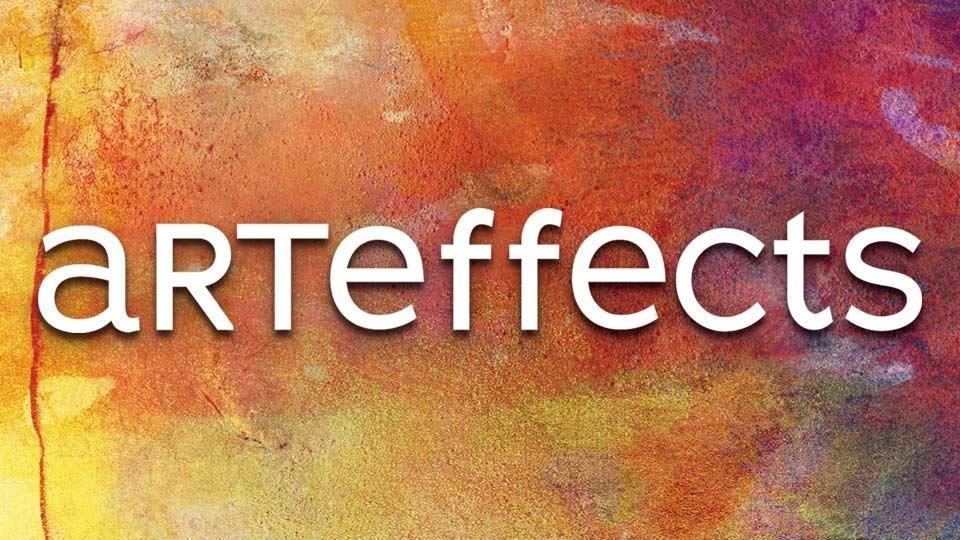
This PBS Reno series delves into the local arts scene, looking at the lasting impact the arts have in our communities and beyond.
Mark Steel Wool Salinas is also on Facebook and Instagram: @MarkSteelWoolSalinas
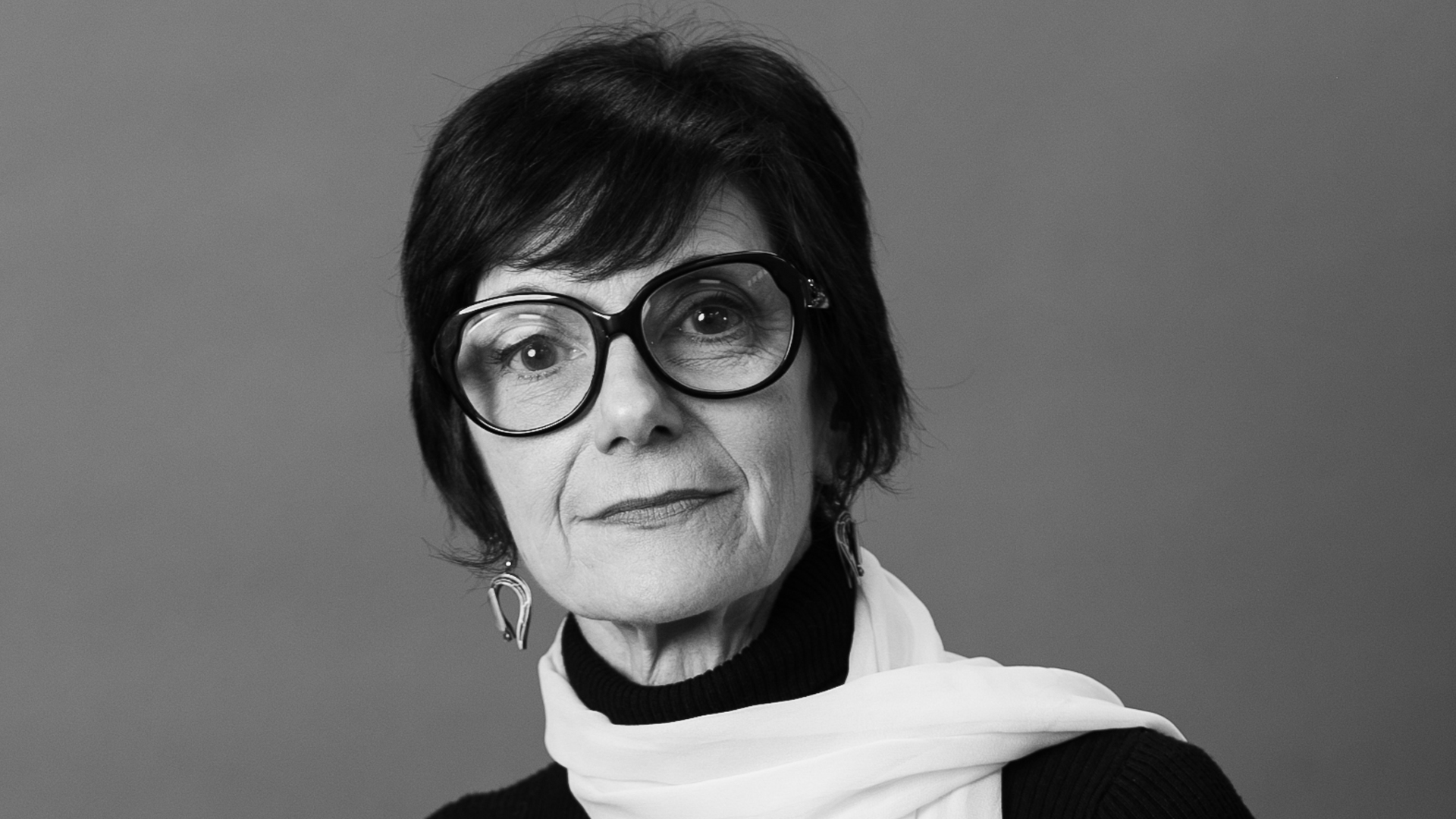
ART VIEWS

ART VIEWS
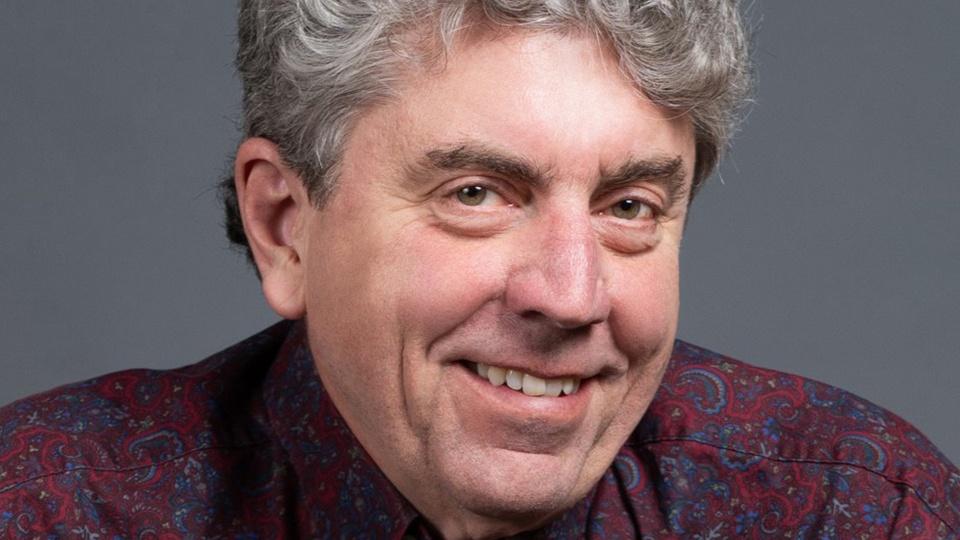
ART VIEWS
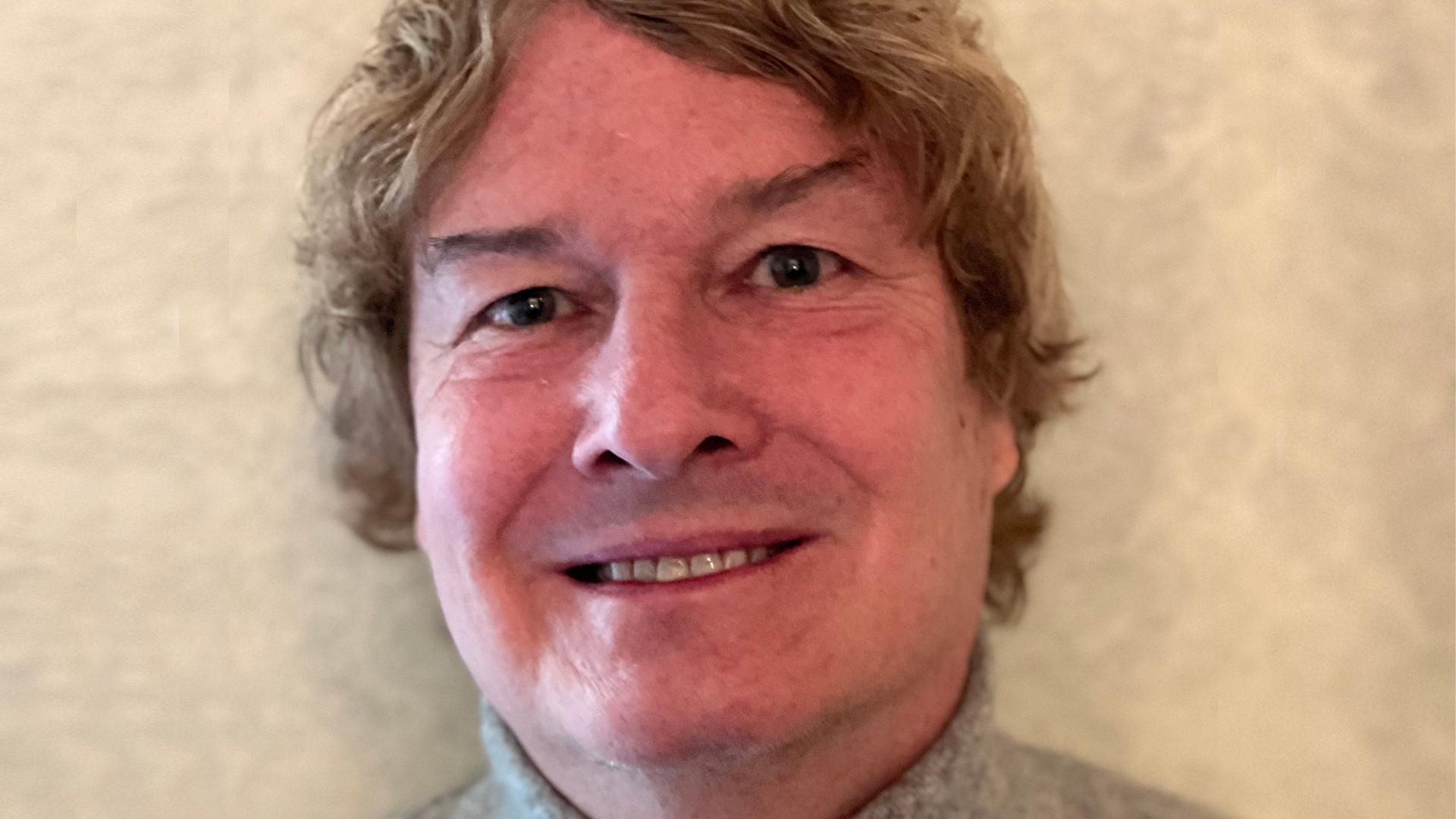
ART VIEWS